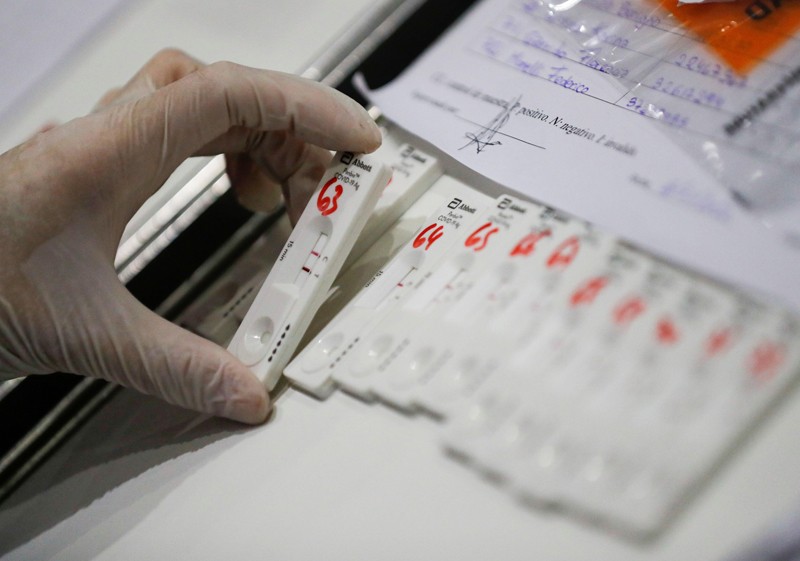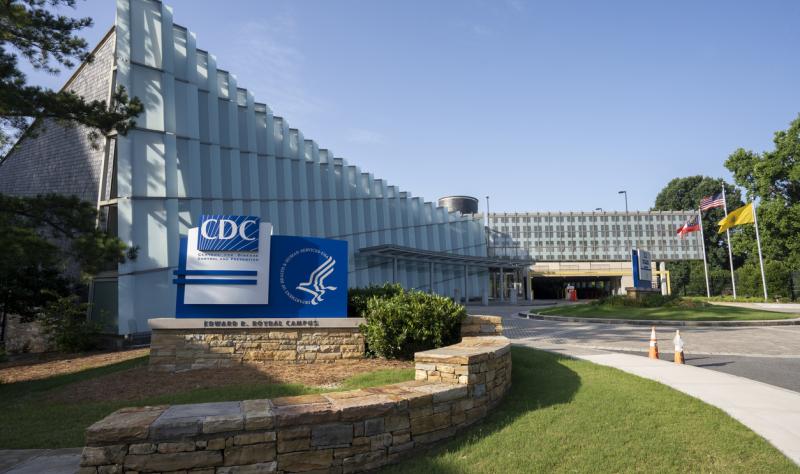How long is COVID infectious? What scientists know so far

When the US Centers for Disease Control and Prevention (CDC) halved its recommended isolation time for people with COVID-19 to five days back in December, it said that the change was motivated by science. Specifically, the CDC said that most SARS-CoV-2 transmission occurs early in the course of the illness, in the one to two days before the onset of symptoms and for two to three days after.
Many scientists disputed that decision then and they continue to do so. Such dissent is bolstered by a series of studies confirming that many people with COVID-19 remain infectious well into the second week after they first experience symptoms. Reductions in the length of the recommended isolation period — now common around the world — are driven by politics, they say, rather than any reassuring new data.
“The facts of how long people are infectious for have not really changed,” says Amy Barczak, an infectious-disease specialist at Massachusetts General Hospital in Boston. “There is not data to support five days or anything shorter than ten days [of isolation].” Barczak’s own research, published on the medRxiv preprint server, suggests that one-quarter of people who have caught the Omicron variant of SARS-CoV-2 could still be infectious after eight days1.
A numbers game
Although the question is simple — for how long is someone with COVID-19 contagious? — experts caution that the answer is complicated. “We always think of it as a black and white thing … if somebody’s infectious or not infectious — but in reality, it’s a numbers game and a probability,” says Benjamin Meyer, a virologist at the University of Geneva in Switzerland.
And that numbers game has shifting rules and baselines. Emerging variants, vaccination and varying levels of natural immunity provoked by previous infection can all influence how quickly someone can clear the virus from their system, Meyer says, and this ultimately dictates when they stop being infectious. Behavioural factors matter as well. People who feel unwell tend to mix less with others, he adds, so the severity of someone’s symptoms can influence how likely they are to infect others.
Something most scientists are confident about is that PCR tests can return a positive result even after someone is no longer infectious. This probably occurs when the tests, which detect viral RNA, pick up non-infectious remnants left behind after most of the live virus has been eliminated.
By contrast, lateral flow (or ‘rapid antigen’) tests offer a better guide to infectiousness, because they detect proteins produced by actively replicating virus.
“There’s still all of these things that we’re not exactly sure about, but if I had to sum it up in one very concise message, it would be that if you’re antigen positive, you shouldn’t go out and interact closely with people who you don’t want to be infected,” says Emily Bruce, a microbiologist and molecular geneticist at the University of Vermont in Burlington.
What about somebody who has tested negative on a lateral flow test for a few days but still has a fever and a hacking cough? Bruce says it’s important to remember that although lingering symptoms might look and sound serious, they do not indicate continued infectiousness.
“You can definitely have symptoms for longer than you test positive on lateral flow,” she says. “And I think that’s because many of the symptoms are caused by the immune system and not directly by the virus itself.”
Transmission tests
In countries such as the United Kingdom, the relaxation of the isolation guidelines coincided with the withdrawal of free lateral flow tests. So, assuming that many of the people who follow the new recommendations are going to stop isolating after five days without testing, scientists have been investigating in particular how many people with COVID-19 are likely to remain infectious after this point.
It’s not practical to track direct onward transmission of the virus from large numbers of people and to measure how it reduces over time, so researchers instead rely on proxy measurements to determine the point at which they would expect people to stop being contagious.
Researchers with access to a high-security biosafety level 3 laboratory — as Barczak has — can do this by running experiments to test whether live SARS-CoV-2 can be cultured from samples taken from patients over several consecutive days.
“If you’re still shedding virus that we can culture out of your nose, there’s at least a good chance you’re still infectious to other people,” she says. As different variants have emerged and various research groups have done these experiments, Barczak says, a consensus has emerged that it’s very unusual for people to shed culturable virus after ten days. “So, it’s very unusual for people to stay infectious after ten days,” she says.
Other studies take a step further away from the real world, and use levels of viral RNA measured by PCR tests to infer whether someone is infectious. This makes it easier to work with large sample sizes. For example, a project run by the Crick Institute and University College Hospital, both in London, can draw on PCR tests carried out on more than 700 participants, obtained from when symptoms developed.
A study based on this group suggests that significant numbers of people retain viral loads high enough to trigger onward infection at days seven to ten, irrespective of the variant type or how many vaccine doses people had received. The study was published on the medRxiv preprint server on 10 July2.
“We’re not measuring live virus, but there is now a huge amount of work in the literature that provides a pretty good mapping of what constitutes a viral load likely to yield infectious virus,” says David LV Bauer, a virologist at the Crick Institute who is co-investigator on that study. “So while it’s not a perfect picture, it’s a reasonable one.”
‘Rebound phenomenon’
Yonatan Grad, an infectious-disease specialist at the Harvard T.H. Chan School of Public Health in Boston, Massachusetts, who has worked on similar PCR-based studies of infectiousness, agrees that ten days is a useful rule of thumb for when people should no longer be contagious. But he cautions that a small number of people could still be infectious beyond that point.
Some such cases in the United States have been linked to the common antiviral drug Paxlovid (nirmatrelvir–ritonavir), he says. “There’s a rebound phenomenon where people will see that their symptoms seem to resolve and they may even test negative on a rapid test, but then a few days later symptoms and the virus come back.”
Barczak says this is one of the key questions that researchers are now studying. “Antivirals change the dynamics of symptoms, change the dynamics of the immune response and change the dynamics of how you shed,” she says. “I think this is really important, because people are out in the world thinking they’re not infectious after ten days. But if they have Paxlovid rebound they might be.”



